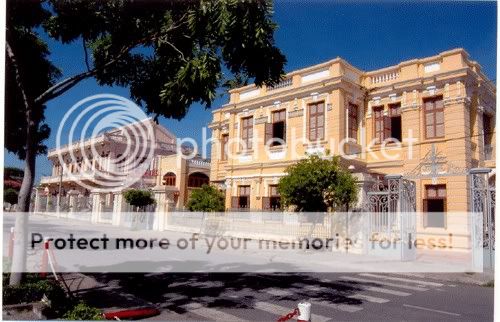In mid-1967 the costs of the war mounted daily with no military victory in sight for either side. Against this background, the party leadership in Hanoi decided that the time was ripe for a general offensive in the rural areas combined with a popular uprising in the cities.
The primary goals of this combined major offensive and uprising were to destabilize the Saigon regime and to force the United States to opt for a negotiated settlement. In October 1967, the first stage of the offensive began with a series of small attacks in remote and border areas designed to draw the ARVN and United States forces away from the cities. The rate of infiltration of troops from the North rose to 20,000 per month by late 1967, and the United States command in Saigon predicted a major Communist offensive early the following year. The DMZ area was expected to bear the brunt of the attack. Accordingly, United States troops were sent to strengthen northern border posts, and the security of the Saigon area was transferred to ARVN forces. Despite warnings of the impending offensive, in late January more than one-half of the ARVN forces were on leave because of the approaching Tet (Lunar New Year) holiday.
On January 31, 1968, the full-scale offensive began, with simultaneous attacks by the communists on five major cities, thirty-six provincial capitals, sixty-four district capitals, and numerous villages. In Saigon, suicide squads attacked the Independence Palace (the residence of the president), the radio station, the ARVN's joint General Staff Compound, Tan Son Nhut airfield, and the United States embassy, causing considerabledamage and throwing the city into turmoil. Most of the attack forces throughout the country collapsed within a few days, often under the pressure of United States bombing and artillery attacks, which extensively damaged the urban areas. Hue, which had been seized by an estimated 12,000 Communist troops who had previously infiltrated the city, remained in communist hands until late February. A reported 2,000 to 3,000 officials, police, and others were executed in Hue during that time as counterrevolutionaries.
The Tet offensive is widely viewed as a turning point in the war despite the high cost to the communists (approximately 32,000 killed and about 5,800 captured) for what appeared at the time to be small gains. Although they managed to retain control of some of the rural areas, the communists were forced out of all of the towns and cities, except Hue, within a few weeks. Nevertheless, the offensive emphasized to the Johnson administration that victory in Vietnam would require a greater commitment of men and resources than the American people were willing to invest. On March 31, 1968, Johnson announced that he would not seek his party's nomination for another term of office, declared a halt to the bombing of North Vietnam (except for a narrow strip above the DMZ), and urged Hanoi to agree to peace talks. In the meantime, with U.S. troop strength at 525,000, a request by Westmoreland for an additional 200,000 troops was refused by a presidential commission headed by the new United States secretary of defense, Clark Clifford. You can see more in Vietnam Travel Agency.
Following the Tet Offensive, the communists attempted to maintain their momentum through a series of attacks directed mainly at cities in the delta. Near the DMZ, some 15,000 PAVN and PLAF troops were also thrown into a three-month attack on the United States base at Khe Sanh. A second assault on Saigon, complete with rocket attacks, was launched in May. Through these and other attacks in the spring and summer of 1968, the Communists kept up pressure on the battlefield in order to strengthen their position in a projected a series of four-party peace talks scheduled to begin in January 1969 (that called for representatives of the United States, South Vietnam, North Vietnam, and the National Liberation Front to meet in Paris. In June 1969, the NLF and its allied organizations formed the Provisional Revolutionary Government of the Republic of South Vietnam (PRG), recognized by Hanoi as the legal government of South Vietnam. At that time, communist losses dating from the Tet Offensive numbered 75,000, and morale was faltering, even among the party leadership.










